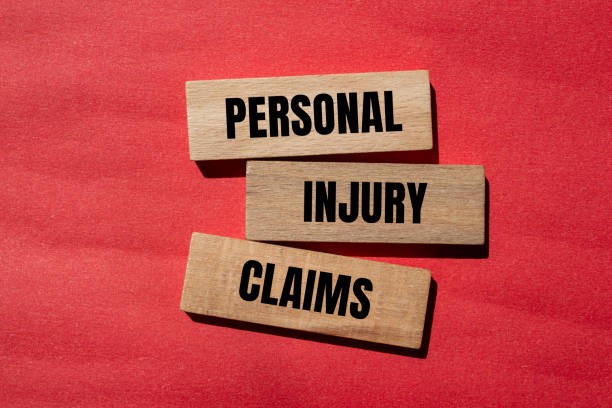Evidence That Can Help Prove Your Personal Injury Claim

Clayton, bustling downtown with quiet, is a place where secure residential neighborhoods, streets, and businesses are close to each other, and everybody kind of knows where everything is. If you’ve ever been around Clayton, you know there are busy streets where accidents can happen with cars.
There are sidewalks in front of shops and restaurants where someone could slip if the ground is wet or icy, and nobody has fixed it. Proof is called evidence, and without it, your case is just words. Evidence shows what really happened, how it happened, who caused it, and what it did to you.
If you’re in Clayton and you’re wondering what kind of evidence you need to prove your personal injury claim, let’s go through it piece by piece, step by step. And if you ever need legal help, know that there is a competent Clayton personal injury lawyer ready to take your case and fight for you.
Accident Scene Evidence
One of the first things people look at is the accident scene. Right after something bad happens, the place where it happened holds the most clues. This is why photos and videos are huge.
If police or store managers wrote reports at the scene, those reports are also evidence. They list names, times, places, and sometimes even who they think was at fault.
So, the accident scene is the very first place where evidence starts, and it’s one of the strongest pieces you can have because it’s right there, raw and fresh, before anyone changes anything.
Medical Evidence
This is super important because your claim is about your injury. Without medical proof, people can say you weren’t really hurt or that it wasn’t that bad.
Medical records show exactly what happened to your body because of the accident. They include bills, doctor notes, test results, x-rays, MRI scans, ambulance reports, hospital charts, pharmacy receipts, therapy notes, and rehab records. Basically, every single piece of paper that came from you getting treated is proof.
Another tip: don’t just hand over all your medical history to the insurance people. They’ll dig around to find old stuff and blame your injury on that. Instead, you or your lawyer should only give them the records that are about the accident.
Documentary Evidence
Evidence isn’t always people talking or doctors writing notes. Sometimes it’s documents or even visual aids.
Safety reports, inspection logs, or even emails and texts that show the other side knew about a problem but didn’t fix it are all part of documentary evidence; you’ll need them in court.
If a construction company skipped inspections and that caused your injury, the logs prove it. If a store got emails about a broken step and didn’t fix it, those emails prove to the court that they were negligent.
Employment and Wage Records
A big part of personal injury claims is lost income. If the accident you had impedes your ability to work, then you need to be compensated for that.
To get maximum payment, you would need your pay stubs, tax returns, and employer statements to show what you used to earn before the accident and what you lost afterward. If you’re self-employed, you can use invoices, receipts, or bank records to show the same thing.
If your injury is serious and might affect your future job ability, financial experts can even calculate what you could have earned in the future. They look at your age, skills, education, and retirement plans to figure it out. That way, you’re not just asking for money you already lost but also for money you would have earned if you hadn’t been injured.
Key Takeaways
Here is some of the solid evidence that strengthens your claim:
- Medical Evidence: Doctor’s reports, test results, and bills show the extent of your injuries and link them to the accident.
- Witness Testimony: Statements from witnesses provide unbiased accounts that support your version of events.
- Video Evidence: Footage from cameras or phones offers clear, objective proof of what happened during the accident.
- Documentary and Demonstrative Evidence: Photos, diagrams, and reports help visually explain the incident and injuries.
